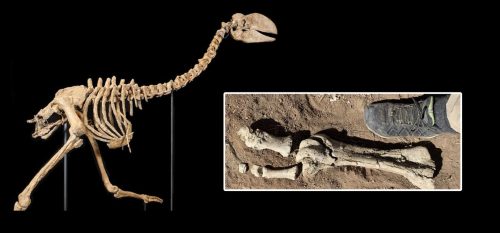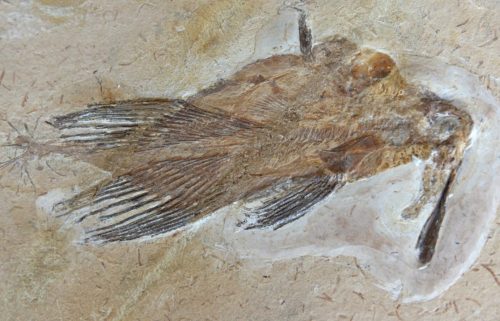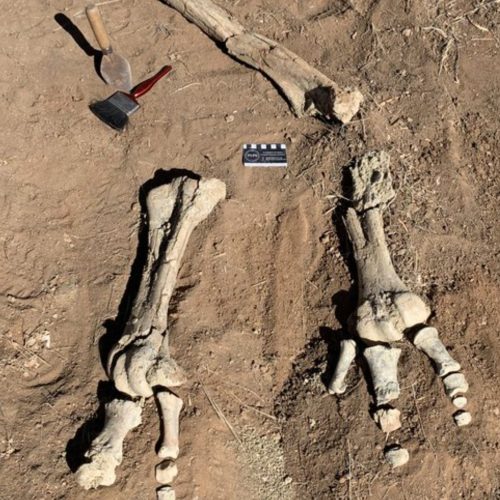In a remarkable discovery that has left researchers awe-struck, the world’s largest bird fossil is believed to have been unearthed in central Australia. The remains of this enormous creature, standing at a towering height of 3 meters and weighing up to 650 kilograms, are rewriting history.

The fossil site in central Australia has yielded an exceptional and extraordinary find, setting the scientific community abuzz with excitement. Excavations have revealed what may well be the largest bird species ever to have walked the Earth, and experts are fervently working to uncover the full skeleton of this colossal avian creature. Speculation abounds that more remains may be scattered throughout the vicinity, tantalizing researchers with the promise of further revelations.
The identity of this massive bird, now known as Dromornis stirtoni or Stirton’s thunderbird, sheds new light on Earth’s prehistoric avian giants. This formidable, flightless bird, towering at 3 meters in height and weighing up to 650 kilograms, is believed to have roamed what is now Central Australia over eight million years ago.

The groundbreaking discovery of the first-ever set of female articulated legs has provided vital insights into the size of this ancient avian behemoth. Adam Yates, Senior Curator of Earth Sciences at the Museum and Art Gallery of the Northern Territory, and his team unearthed these astonishing remains at Alcoota, located 250 kilometers northeast of Alice Springs. These legs, found buried in their anatomical positions, have proven instrumental in determining the size of an individual Dromornis.
Paleontologists describe these lumbering giants as an “extreme evolutionary experiment.” Surprisingly, these colossal creatures are closely related to modern-day poultry, such as chickens and ducks. Imagine a 3-meter-tall chicken strolling through your backyard today.
The significance of this discovery cannot be overstated. Despite these oversized “chickens” being unquestionably heavyweight contenders in the avian world, estimating their size based on jumbles of bones has proven to be challenging. This recent finding promises to provide a more accurate depiction of Dromornis species, potentially reducing some of the guesswork inherent in current scientific models.

The site of this remarkable find, Alcoota Reserve, ranks as one of the world’s largest fossil sites, featuring a dense collection of terrestrial vertebrate remains. It was here that experts stumbled upon the fossilized bones of what can only be described as a “Godzilla chicken.”
While Alcoota Reserve has yielded thousands of fossilized specimens since excavations commenced in 1986, many of them are a mixture of different species due to historical floodwaters intermingling the remains. Consequently, most of the fossils found at Alcoota were sorted into species and reconstructed using parts from multiple animals. Such composite reconstructions, often requiring creative thinking, are prone to errors.

The discovery of the articulated legs promises a more accurate understanding of the proportions of these ancient avian giants. Paleontologists will also be better equipped to differentiate additional D. stirtoni fossils from the rest of the jumbled remains at Alcoota.






